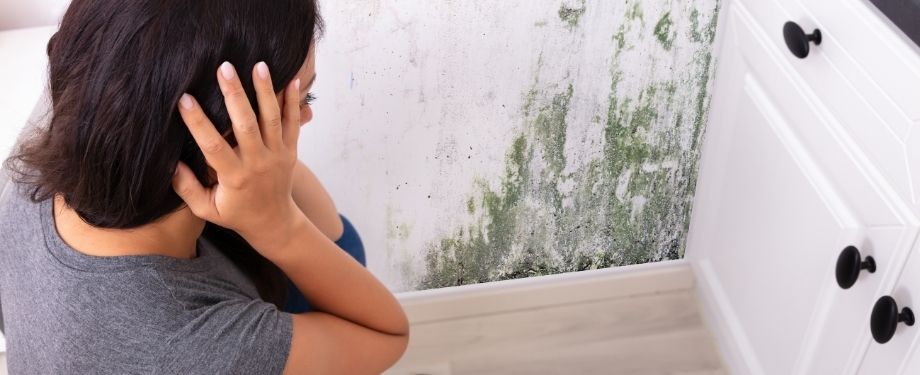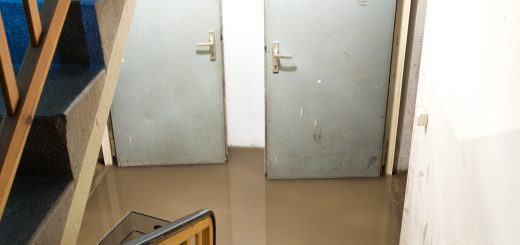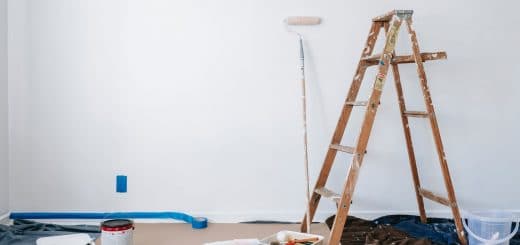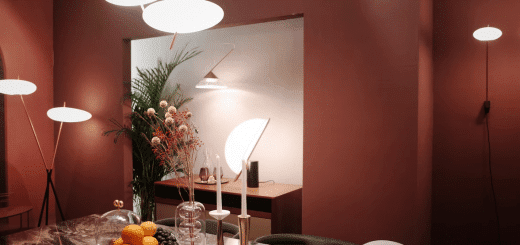7 Common Places for Finding Mold
The outdoor environment teems with a flurry of moldMold is a type of fungus that grows in damp or humid conditi... More sporesSpores are microscopic reproductive units of fungi or mold t... More. MoldMold is a type of fungus that grows in damp or humid conditi... More is a type of fungiFungi are a group of organisms, including mold, mildew, and ... More and its sporesSpores are microscopic reproductive units of fungi or mold t... More are plentiful and scattered throughout the great outdoors, offering their much-needed skill in eating up the decomposing natural matter, like fallen leaves, to all of nature.
Problems with Mold
The unsightly moldMold is a type of fungus that grows in damp or humid conditi... More sporesSpores are microscopic reproductive units of fungi or mold t... More only become hazardous to humans when they meander into the inner recesses of home and flourish. Darkness, moisture, and an organic food source are all that are needed to give moldMold is a type of fungus that grows in damp or humid conditi... More the ample nutrients it needs to survive.
MoldMold is a type of fungus that grows in damp or humid conditi... More, being easily sustained, finds residential homes and business buildings a reliable place to thrive. MoldMold is a type of fungus that grows in damp or humid conditi... More latches onto certain areas of a property more often than others, and this is due to the sporesSpores are microscopic reproductive units of fungi or mold t... More being properly nourished.
Homeowners can detect moldMold is a type of fungus that grows in damp or humid conditi... More through sight and its musty smell. Clusters of moldMold is a type of fungus that grows in damp or humid conditi... More sporesSpores are microscopic reproductive units of fungi or mold t... More can be identified readily. Simply look for unsightly black or green splotches that suddenly appeared, especially along moisture-rich areas. A powerful, unpleasant waft of musty odorAn odor is a smell, often detectable by the human nose, whic... More in an enclosed space also may indicate an infestation of moldMold is a type of fungus that grows in damp or humid conditi... More, whether or not you see it right away.
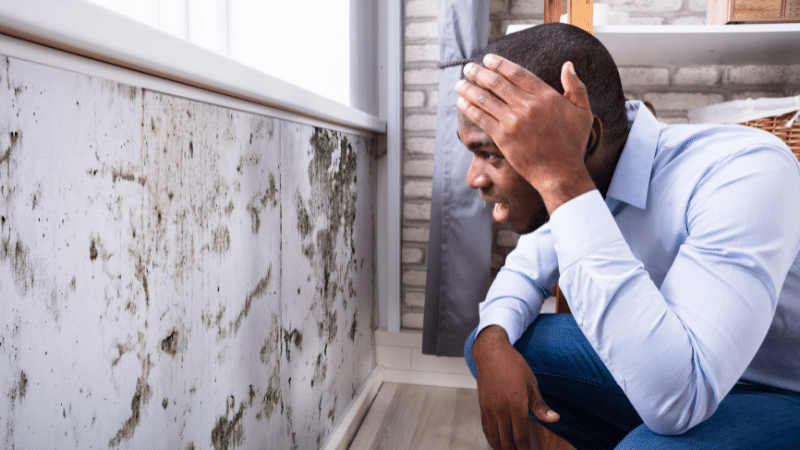
All of the following include common places for finding mold:
- Bathrooms
- Under carpets
- Kitchens
- Bedrooms
- Living rooms
- Basements
- Attics
1. Bathrooms
MoldMold is a type of fungus that grows in damp or humid conditi... More is a familiar sight in bathrooms. The continual humidityHumidity is the amount of moisture or water vapor present in... More and lack of adequate ventilationVentilation is the process of exchanging or circulating air ... More give moldMold is a type of fungus that grows in damp or humid conditi... More sporesSpores are microscopic reproductive units of fungi or mold t... More a satisfying place to linger. The ugly black splotches adhere to the grout in between shower tiles. The shower curtain never fails to tempt moldMold is a type of fungus that grows in damp or humid conditi... More colonies. Even the bottom of shampoo bottles, shower loofahs, washcloths, and toothbrush caddies act as welcoming hosts for moldMold is a type of fungus that grows in damp or humid conditi... More. The toilet tank and behind the fixture also attract moldMold is a type of fungus that grows in damp or humid conditi... More.
2. Under Carpets
A homeowner might have accidentally left the windows open during a summer thunderstorm. Or, a leak along the floor leads to soaked carpeting. In either scenario, the homeowner is left with a wet carpet. Unless swift action is taken to address the drenched carpet, moldMold is a type of fungus that grows in damp or humid conditi... More will likely take hold within as little as 24 hours. Patches of white, black, or green are signs that moldMold is a type of fungus that grows in damp or humid conditi... More colonies are thriving in the dampness as is the presence of musty odors.
3. Kitchens
People love a great meal—and so does moldMold is a type of fungus that grows in damp or humid conditi... More. The leftover chicken that has been sitting in the fridge for over a week serves as a logical place for moldMold is a type of fungus that grows in damp or humid conditi... More to thrive. Expired food is a hotbed for moldMold is a type of fungus that grows in damp or humid conditi... More sporesSpores are microscopic reproductive units of fungi or mold t... More. Even dirty dishes caked with food particles are not above moldMold is a type of fungus that grows in damp or humid conditi... More. The sporesSpores are microscopic reproductive units of fungi or mold t... More will latch on fast, and so do the dishes!
Damp areas in the kitchen are plentiful, giving moldMold is a type of fungus that grows in damp or humid conditi... More an invitation to grow. The fridge’s water dispensers and drip trays should be cleaned regularly since these frequently wet areas attract moldMold is a type of fungus that grows in damp or humid conditi... More sporesSpores are microscopic reproductive units of fungi or mold t... More.
4. Bedrooms
A wet mattress is a moldMold is a type of fungus that grows in damp or humid conditi... More infestation waiting to happen. The material from which the mattress is made plus its wetness lures moldMold is a type of fungus that grows in damp or humid conditi... More colonies within the short span of 24 to 48 hours. Moisture can seep into a mattress from a variety of sources: a leaky or open window, human sweat, or a disastrous household flood.
Never sleep on a moldy mattress! The negative health repercussions are too severe. Respiratory conditions are only aggravated with the close proximity and constant contact with the harmful moldMold is a type of fungus that grows in damp or humid conditi... More sporesSpores are microscopic reproductive units of fungi or mold t... More.
While the air conditioning vents or heating vents keep the bedroom temperate, moldMold is a type of fungus that grows in damp or humid conditi... More has the tendency to grow in these darkened spaces.
5. Living Rooms
Flooded homes have a good chance of hosting moldMold is a type of fungus that grows in damp or humid conditi... More infestations. Dampened furniture and upholstery serve as a moldMold is a type of fungus that grows in damp or humid conditi... More playground, with their nutrient-rich material and wetness. Even curtains are not safe from moldMold is a type of fungus that grows in damp or humid conditi... More growth. A musty smell in the area should alert you of a possible moldMold is a type of fungus that grows in damp or humid conditi... More invasion.
Never overwater the household plants. The moist soil is a feeding ground for moldMold is a type of fungus that grows in damp or humid conditi... More.
An indoor humidityHumidity is the amount of moisture or water vapor present in... More level maintained between 30 and 50 percent should deter moldMold is a type of fungus that grows in damp or humid conditi... More. Any level above 50 percent will give moldMold is a type of fungus that grows in damp or humid conditi... More an invitation to produce.
An unused fireplace, with its darkness, dampness, and porousPorous describes a material that contains small openings or ... More brick material, are idyllic spaces for moldMold is a type of fungus that grows in damp or humid conditi... More to breed. Regular, professional chimney sweeps should prevent moldMold is a type of fungus that grows in damp or humid conditi... More growth.
6. Basements
A flooded basement, a burst pipe in these parts, or a cracked foundation can all leadLead is a heavy metal that can be toxic to humans, especiall... More to moldMold is a type of fungus that grows in damp or humid conditi... More plaguing your home’s lower level. Eliminate the water source, and the moldMold is a type of fungus that grows in damp or humid conditi... More has zero opportunities to flourish. The area surrounding the sump pumpA sump pump is a pump installed in a basement or crawlspace ... More is another spot where moldMold is a type of fungus that grows in damp or humid conditi... More can develop.
Basement windows and vents where condensation gathers should be addressed immediately to thwart an attack of moldMold is a type of fungus that grows in damp or humid conditi... More sporesSpores are microscopic reproductive units of fungi or mold t... More.
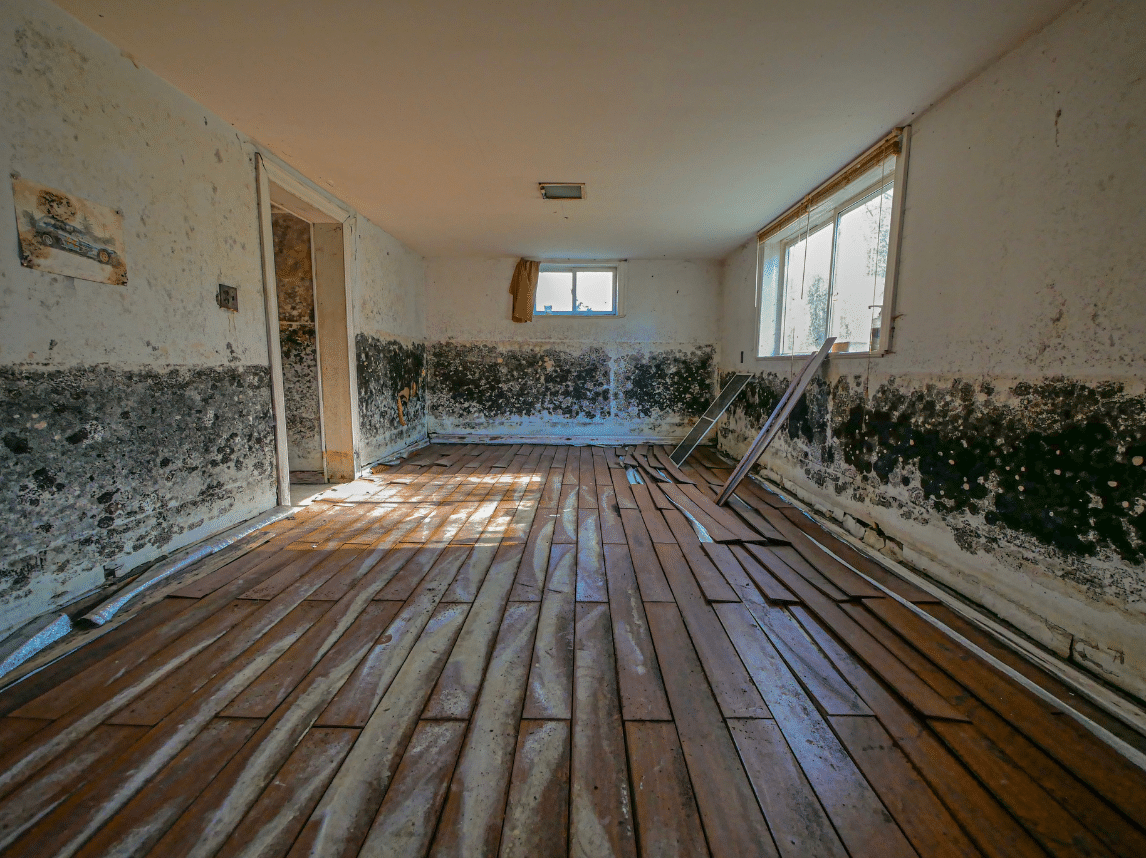
7. Attics
At the opposite end of the home, the attic often remains unchecked for moldMold is a type of fungus that grows in damp or humid conditi... More growth. The lack of proper ventilationVentilation is the process of exchanging or circulating air ... More, its warmth, and any possible roof or water leaks make the attic an ideal spot for moldMold is a type of fungus that grows in damp or humid conditi... More sporesSpores are microscopic reproductive units of fungi or mold t... More to circulate. Even the attic’s insulationInsulation is a material used in buildings to reduce the tra... More can harbor moldMold is a type of fungus that grows in damp or humid conditi... More.
Mold Remediation
Prevent household moldMold is a type of fungus that grows in damp or humid conditi... More from colonizing your property by addressing any plumbing leaks immediately. Keep the home at an optimum humidityHumidity is the amount of moisture or water vapor present in... More level and allow adequate ventilationVentilation is the process of exchanging or circulating air ... More throughout your home.
If, despite all your efforts to circumvent moldMold is a type of fungus that grows in damp or humid conditi... More, you come across moldMold is a type of fungus that grows in damp or humid conditi... More growth, contact a professional mold remediation service. RestorationMaster not only removes moldMold is a type of fungus that grows in damp or humid conditi... More but fixes the moisture issue that caused the initial infestation.
The certified technicians at RestorationMaster utilize advanced cleaning equipment and products to thoroughly rid your home of unwanted moldMold is a type of fungus that grows in damp or humid conditi... More sporesSpores are microscopic reproductive units of fungi or mold t... More. Hidden moldMold is a type of fungus that grows in damp or humid conditi... More growth is addressed through moldMold is a type of fungus that grows in damp or humid conditi... More testing techniques.
Mold Removal Process
Professional mold remediationMold remediation is the process of identifying, removing, an... More companies have an efficient mold remediation process. The team arrives onsite to assess the damage caused by moldMold is a type of fungus that grows in damp or humid conditi... More and conduct a test. The technicians then contain the moldMold is a type of fungus that grows in damp or humid conditi... More to prevent the sporesSpores are microscopic reproductive units of fungi or mold t... More from contaminating other areas of the property. Once the mold remediationMold remediation is the process of identifying, removing, an... More process is complete, damaged surfaces are replaced or repaired. Specialists work with your homeowner’s insuranceHomeowner’s insurance is a policy that provides financial ... More during the entire process.










